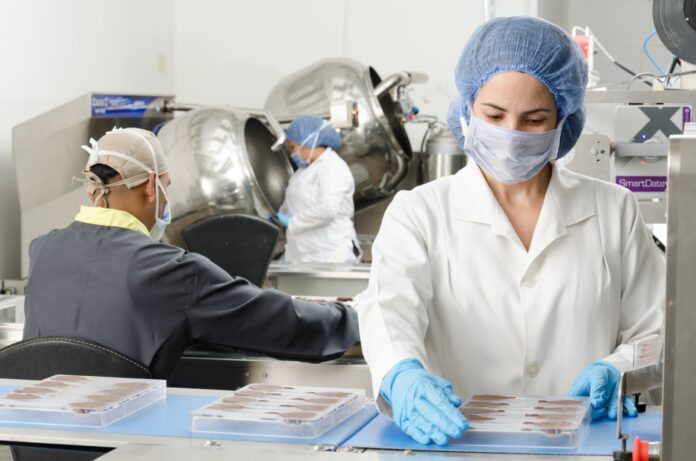Scientists discovered a new organ that is located behind the nose, precisely at the top of the throat. This new organ is a set of salivary glands.
The salivary glands have an average length about 3.9 centimeters. The scientists who discovered this organ call it the tubarial salivary gland because its location is on top of a piece of cartilage called the torus tubarius.
In a report published in The Radiotherapy Oncology journal, scientists wrote that the newly discovered glands may function to moisturize the upper throat, behind the nose and mouth.
Scientists from the Dutch Cancer Institute stumbled across this new organ using a combination of CT scans and positron emission tomography (PET) scans, called PSMA PET-CT to study prostate cancer. During the scan, the doctor injected a radioactive ‘tracer’ into the patient.
This ‘tracer’ can bind well to the increased PSMA protein in prostate cancer cells and detect cancers that have metastasized. This scan can also detect salivary gland tissue that has a high PSMA.
Until now, there are three large salivary glands that are in humans’ body. One is under the tongue, one is under the jaw and one is behind the jaw.
Wouter Vogel, study author and radiation oncologist at the Dutch Cancer Institute said beyond that there could be a thousand microscopic salivary glands scattered throughout the mucosal tissues of the throat and mouth.
“So, imagine our surprise when we found this,” said Vogel quoted from Live Science, Wednesday (21/10/2020).
To prove it, the scientists involved 100 patients, 99 were men because they focused on prostate cancer. They found that all of them had these new glands.
The findings could be important for cancer treatment. Vogel said that if there is damage to these glands, it can affect a person’s quality of life.
“Patients may have difficulty eating, swallowing or speaking which can be a real burden,” he said.
Many people do not know these tubarial salivary glands. The researchers examined the records of more than 700 cancer patients who were treated at the University Medical Center in Groningen, for the side effects if the patient received more radiation in the area of the gland.
“Our next step is to find the best way to save these new glands in patients. If we can do this, patients may experience few side effects that benefit to their quality of life after treatment,” explained Vogel.




















